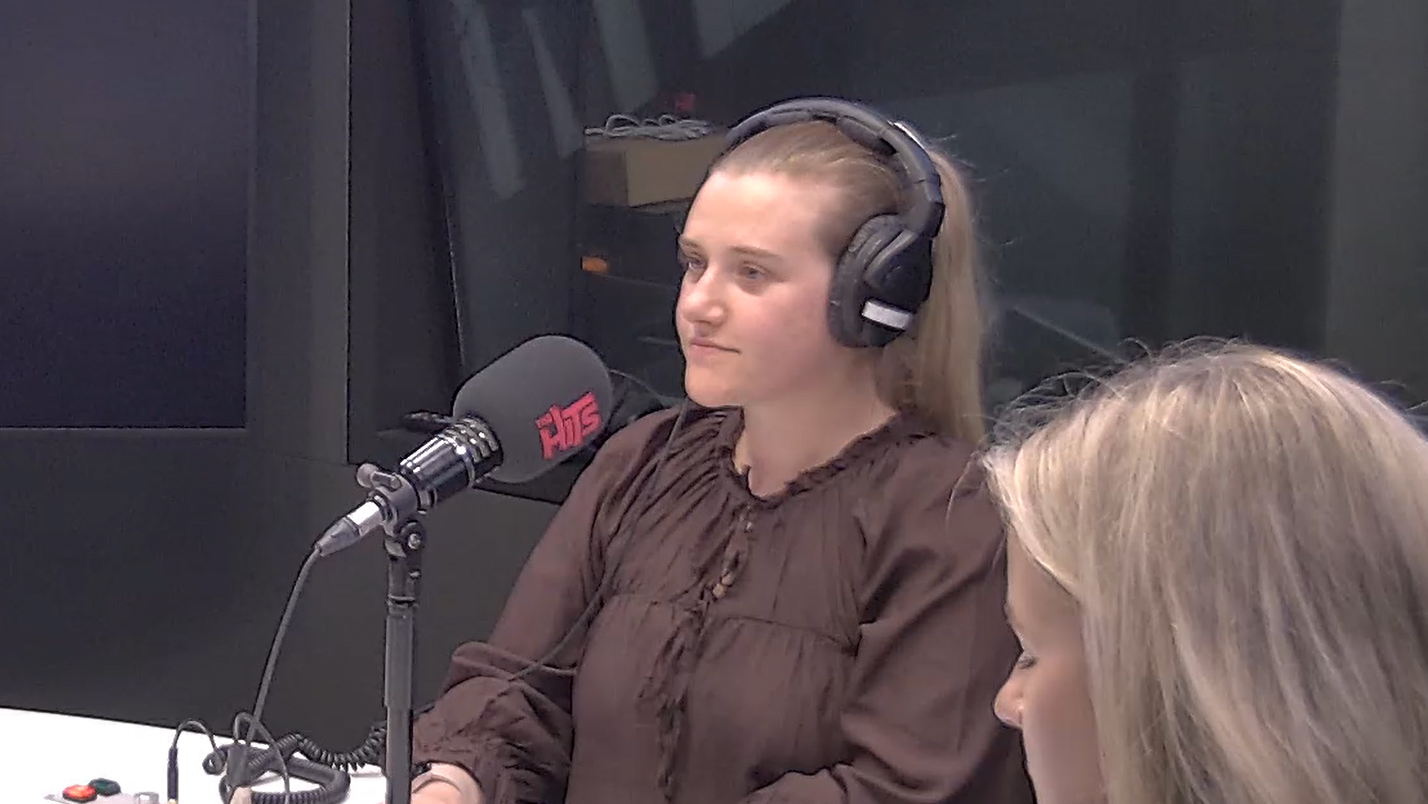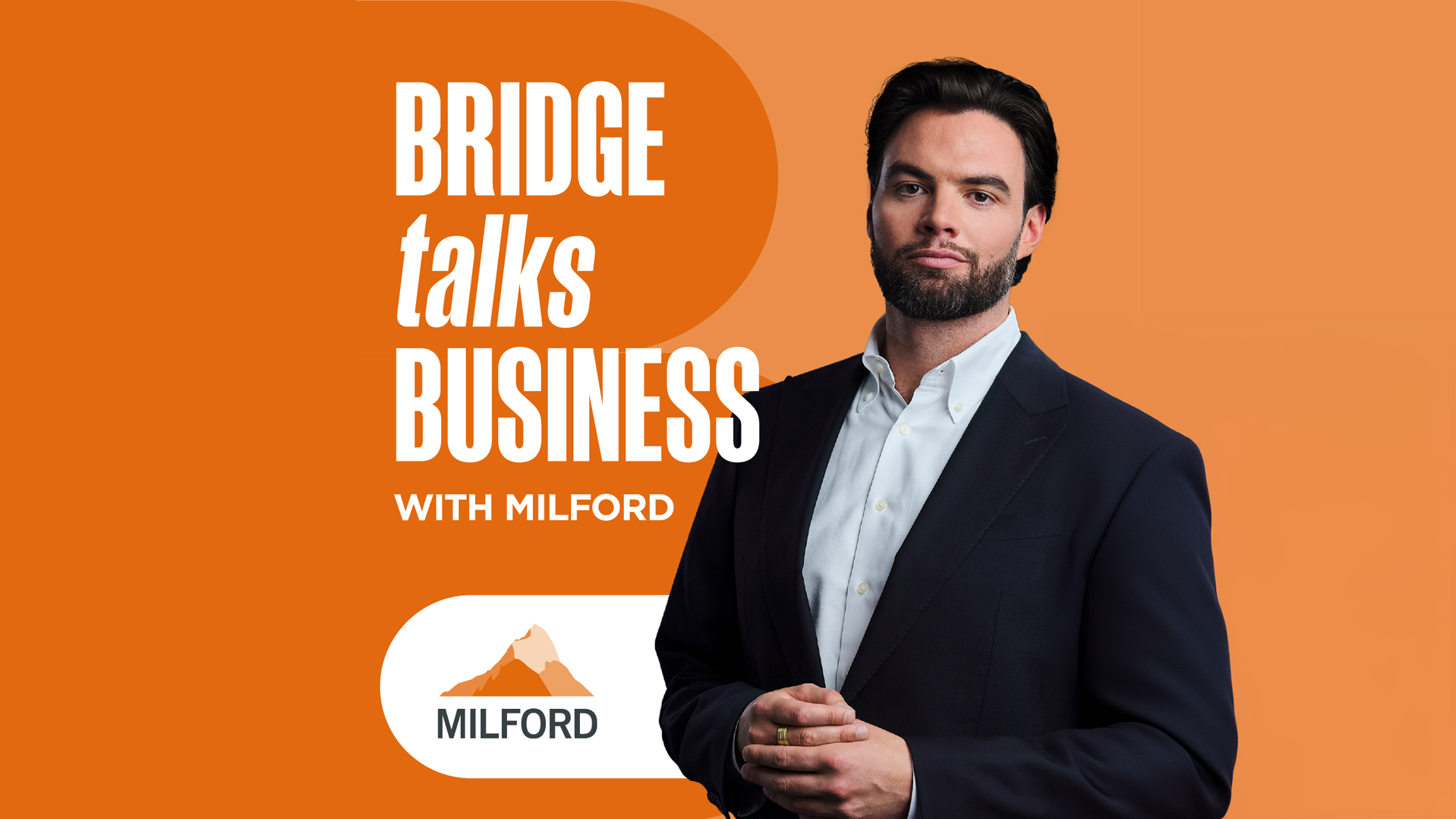LVMH – building brands for over 30 years
Louis Vuitton Moët Hennessy, or LVMH, is the world’s largest luxury goods company, housing 75 different brands across key categories of the luxury market: Fashion & Leather (Louis Vuitton, Christian Dior), Wine & Spirits (Moët & Chandon, Hennessy, even local New Zealand winemaker Cloudy Bay), Perfume & Cosmetics (Guerlain, Fenty), Watches & Jewellery (TAG Heuer,
Bvlgari), and Selective Retailing (DFS, Sephora). LVMH also recently acquired the jeweller Tiffany & Co., famous for its diamond rings and blue boxes.
For many years, LVMH has benefitted from the rising wealth of Chinese consumers, who made up approximately one third of global luxury purchases prior to the pandemic and are expected to make up 50% by 2025. The majority of these purchases were made during trips overseas, in shopping destinations such as Paris, Milan, London or Hong Kong.
Given the luxury sector’s reliance on consumers purchasing while travelling, COVID-19 was a perfect storm. As countries went into lockdown, retail stores closed, air travel fell by as much as 96% and consumer confidence plummeted. LVMH was not immune. Revenue of the largest segment, Fashion & Leather, fell 10% and 37% in the first two quarters of 2020. However, the impact was short-lived, and by the third and fourth quarters, revenue growth had recovered to +12% and +18%. The segment then delivered revenue growth of 52% in the most recent quarter, and remarkably, was up 37% versus pre-pandemic levels.
Several elements have contributed to LVMH’s success in navigating the pandemic, but more importantly, have contributed to LVMH’s longer-term success throughout its 30+ year history:
- LVMH brands draw on rich histories and heritage dating back over 150 years (Louis Vuitton was founded in 1854), which can’t be replicated by a new brand. While focusing on high-quality traditional craftsmanship, LVMH also ensures creativity and innovation to remain current and desirable. During COVID-19, it was very quickly able to transition to a primarily digital service, where WeChat and WhatsApp became the real sales channels. Customers could speak directly with sales assistants from their living rooms and have a personal video walkthrough of the collection.
- Over the last 20 years, LVMH has acquired companies to vertically integrate its supply chain and develop control over the manufacturing of its goods. This gave LVMH flexibility during the pandemic to ramp supply up or down in response to consumer demand and changing trends. It also enabled LVMH to quickly convert its perfume factories to churn out hand sanitiser within 72 hours of the French government’s call for help, donating 12 tons of gel to healthcare workers across 39 hospitals within one week.
- Rather than relying on wholesale distributors to stock its brands, LVMH prefers to sell via its own stores (either physical or online) where it can maintain a high-end experience, own the customer relationship, and eliminate the risk of discounting to clear product. In fact, Louis Vuitton has a strict ‘no discounts’ policy, to protect brand image. Impressively, the brand was actually able to raise prices during the pandemic – a Neverfull MM Monogram bag which cost US$1,320 in October 2019 now costs US $1,540, an increase of 17%.
- LVMH’s scale gave it the ability to negotiate rent reductions, while at the same time leveraging its market leading profitability to invest in digital marketing and social media. As a result, LVMH was able to take the bulk of customers’ attention at a time when smaller peers were cutting back on marketing to protect their financials. As soon as consumers were ready to spend, LVMH brands were at the top of their shopping lists.
While LVMH’s Fashion & Leather segment moves from strength to strength, some segments of LVMH remain below pre-pandemic levels. As the vaccine rollout continues, countries re-open, and travel slowly resumes, these segments will be beneficiaries of the recovery.
LVMH shares have performed well over time, up 81% over one year and 368% over five years. We believe, however, the longer term opportunity is not fully reflected in the current share price. We remain confident in LVMH’s ability to maintain desirability of its heritage brands through creativity and innovation, and benefit from the rising wealth of Chinese consumers, whether at home, or abroad. If there was ever any question of the value of brand building, you need look no further than LVMH. For over 30 years now, consumers have spoken with their wallets.


